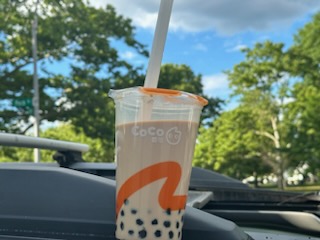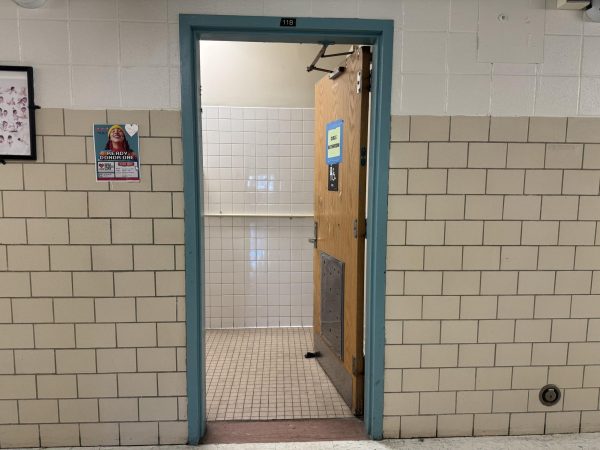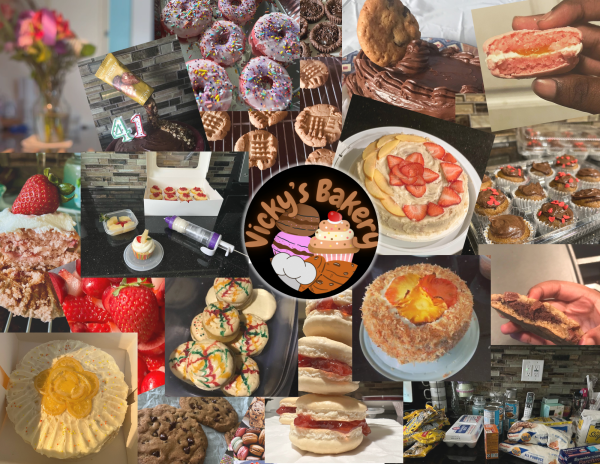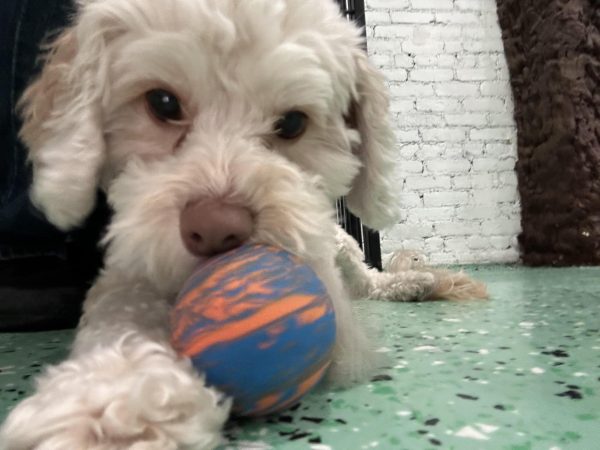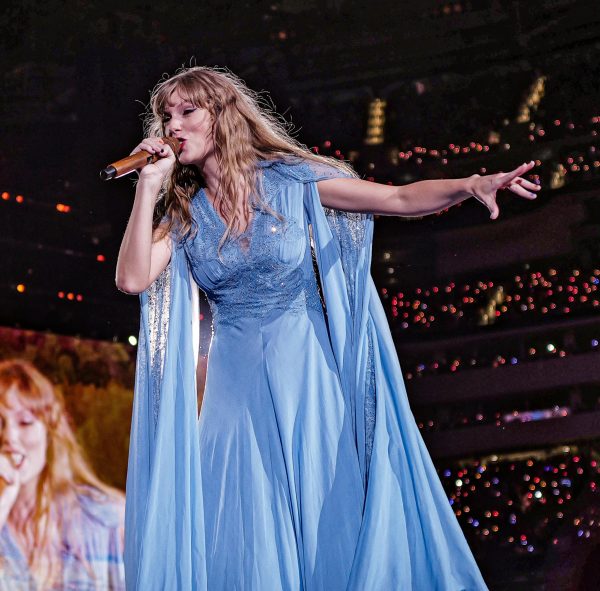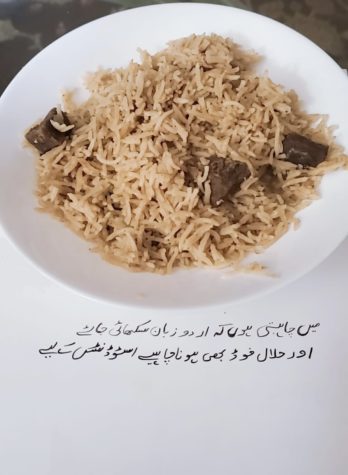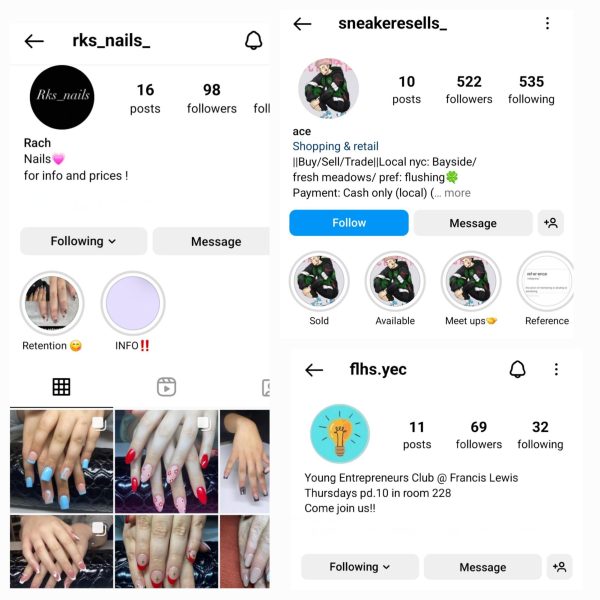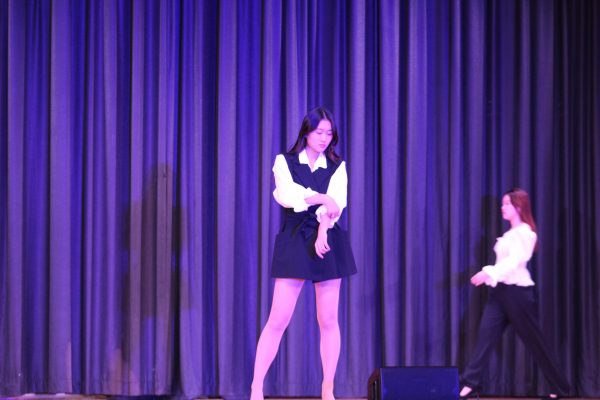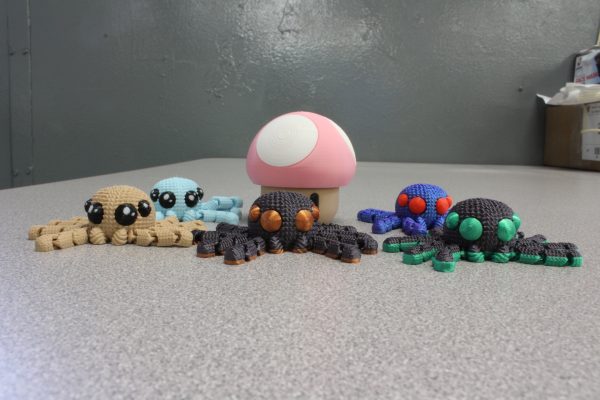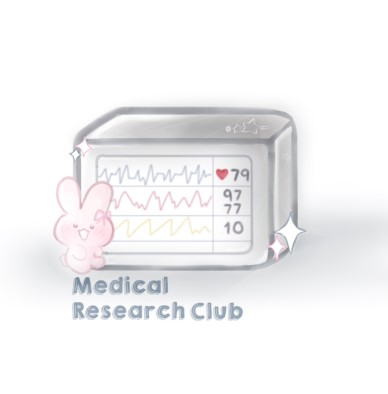Diverse People, Diverse Academies: Francis Lewis Allows Students to Shine
4,633 students and counting, and there is a good reason why.
From overcrowded hallways to heavily packed lunchrooms, Francis Lewis thrives as being a school filled with people across different cultures and backgrounds. A high population means a high number of student interests. Thankfully, Lewis keeps students on their feet with a myriad of academies that encompass the idea of growth and diversity not only in the classroom, but in real life.
Administration decided on creating sequential electives and academies. First year students are programmed into a 4 year academy and as the years roll by, they progress to the next level in the sequence. However, student demand begun to coerce administration into introducing the idea of three year academies and programs that would hit the bulls-eye on student interest.
“We either have four year or three year sequential tracks,” Principal Dr. Marmor said. “The whole point of the academy is to have students doing something valuable to them.”
Francis Lewis is comprised of 7 academic programs: Robotics and Engineering, Jacob K. Javits Law Academy, Journalism Academy, Music Program, Science Research, Virtual Enterprise and Art & Design. The faculty and administration have dedicated time and effort to show students that they have a home at Francis Lewis High School.
The music program is comprised of various classes that strengthen not only the musical abilities of students, but also real life skills. Classes range from Choir to Marching Band, where students practice rigorously to achieve their desired goal. The FLHS Marching Band performs at various events around the NYC area, and practicing consistently with a team of students achieves a sense of unity. Different instruments, different voices, but one big family.
“[Students] should learn to play an instrument because it enriches your life,” said Music teacher Mr. Jordan. “If you’re in a class like band, orchestra or choir, you develop friendships and bonds that you don’t get in classes like math or science.”
“For incoming students, I want them to know that the music department is made up of teachers you can fully trust,” Senior flutist Jasmine Then said. “They are very wise and will help you sort out any troubles.”
When students enter high school, they are only four years away from starting their college life. The growth process involving emotional, physical, and mental changes is nurtured through the school’s academies. Senior Sunwoo Lee has been in Science Research for 4 years, entering various rigorous competitions that serve as a tool for enrichment and success.
“The indirect lessons taught in this program is really a benefactor to living a prosperous life,” Lee said. “There are many experiences that students can partake in and enrich their understanding of not just society, but of their own life. My passion for trying new things coerced me to experience as much as possible throughout my four years of high school. I decided to join 3 academies throughout my high school career.”
The Science Research program enabled me to develop the necessary skill set to tackle challenges throughout high school. From freshman year to sophomore year, I entered various scientific competitions and even published abstracts on my research. This only became possible through the vehement teamwork and help from staff.
Academic accomplishments are one thing, but mental strength is another. Immersing yourself in challenging situations can sometimes make you shed the skin of shyness and further enhance your potential. One of the most imperative skills to have in a tool belt of knowledge is understanding voice. Our society has made it clear that activism and freedom is ever growing, and Lewis makes sure to address this.
My junior year, I stumbled upon the Journalism Academy, a 3 year program that spans photojournalism, reporting, and multimedia publication. Students learn to write news articles and further enhance their photography skills by learning composition rules and working with DSLR cameras. Articles, including features and narratives, are published on the FLHS news site. Annually, some are nominated for the Journalism awards at Baruch College (The Newsies), where high schools in the NYC area compete to win in different categories, including best high school newspaper.
“I fashioned [the Journalism Academy ] after the CUNY Graduate School of Journalism,” Journalism & Law teacher Ms. Linge said. “I was inspired by the way they taught journalism, which is not just about writing, but telling stories in different mediums.”
Diana Koffman, now a college student, was in the Journalism Academy her senior year and it allowed her to think about her future critically.
“The communications industry is filled with teamwork and collaboration, so knowing how to work with all different types of people to achieve one finished product or goal is a really important skill,” Koffman said.
Virtual Enterprise appealed to me during my senior year. It is an intensive and rewarding program that brings business to the classroom. Simulations of companies allow students to develop the necessary skills in aspects of business such as economics and entrepreneurship. Preceding the Virtual Enterprise Program are various classes that prepare students to work in a company their senior year, such as Computer Application which teaches students to work in graphics. BluePrint, Matchwear, and Nuapps are the three companies that students have an opportunity to work in during their senior year.
“It forces a lot of students to be a bit introspective,” Virtual Enterprise Coordinator Mr. Power said. “I think it holds them to a higher standard they’re not used to, requiring them to not only think but act like professionals in a variety of settings. It forces them to be mature.”
It is an overwhelmingly remarkable experience when teachers and students come together as a family and celebrate their success throughout the years.
“A student was researching alternative energy sources and I later found out he started working for a big engineering firm,” Dr. Marmor said. “He wound up getting his Phd and is one of the biggest alternative energy scientist. He’s working on the stuff he was talking about when he was 14.”



